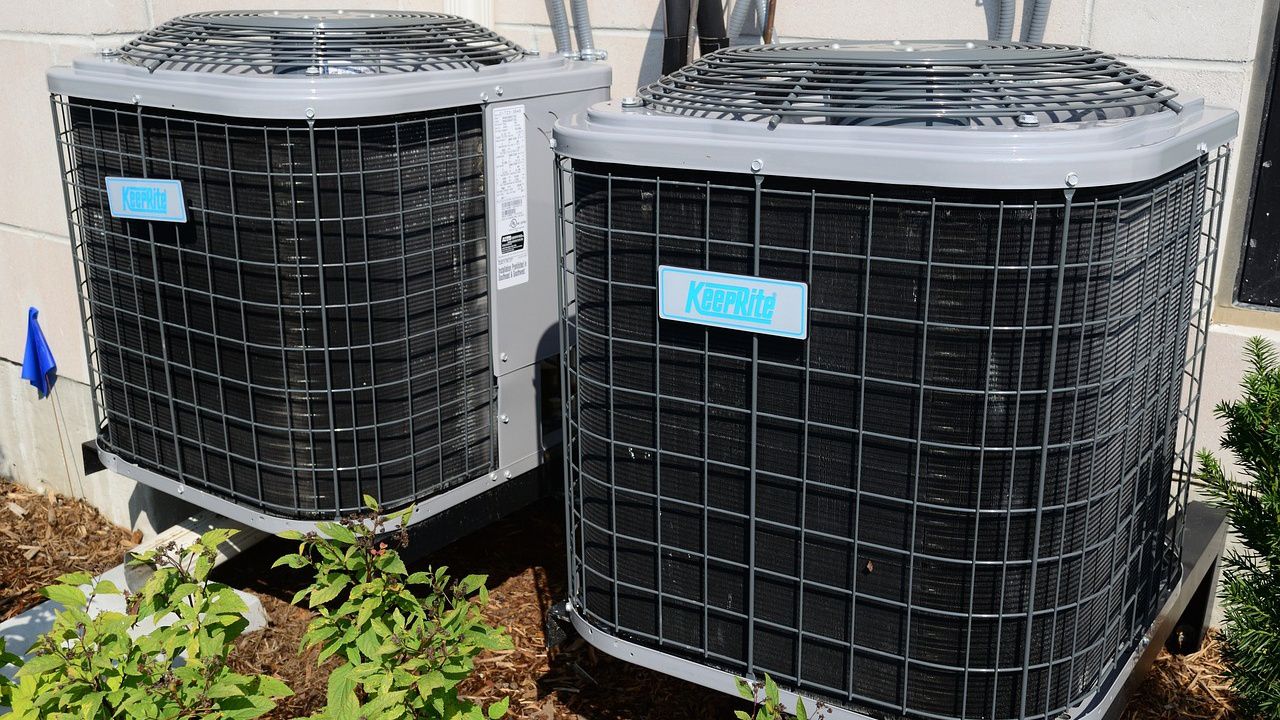The federal government is addressing the impact of extreme heat for those most vulnerable. It began this series with a look at the impacts on LGBTQIA communities.
Since its launch this summer, Heat.gov hosted its first “Overlooked and Overburdened” webinar to talk about the potential unique risks and exposure to oppressive temperatures that affect those communities.
For example, the National Integrated Heath Heat Health Information (NIHHIS) agency says people of the LGBTQIA community “are overrepresented in communities that are vulnerable to extreme heat, such as those who are homeless.”
According to UCLA’s School of Law Williams Institute, 45% of homeless youth identify as LGBT. NIHHIS points out that air pollution, COVID-19, and other disasters disproportionately affect the youth.
Dr. Michael Mendez is an Assistant Professor of Urban Planning and Public Policy at the University of California Irvine.
His research talks about how the LGTBQ community adapts to climate change in California.
Dr. Mendez says, “Heat waves in California are not isolated events. They often now compound with other hazards, comorbidities or what’s called a syndemic in the field of public health.”
In context, he says heat waves impact low income LGBTQ+ people of color. He says those communities experience “an undue burden of marginalization” because of discriminatory housing policies, poor infrastructure and the exclusion of LGBT people in certain communities.
The webinar also discussed how federal government and local municipalities could work together to mitigate the risk of extreme heat in the LGBTQIA community.
Dr. Bhargavi Chekur is a National Climate & Heath Fellow at the University of Colorado Anschutz School of Medicine.
She presents a case study about a 16-year-old transgender male going to her clinic for worsening depression.
She explains he is on an antidepressant that can change his sensitivity and thermal regulation, meaning he can be more prone to heat stroke or heat stress.
Dr. Chekur says “we want to make sure our clinician workforce is competent in both climate change and vulnerability... thinking about how to care for sexual and gender minorities in a changing climate.”
The family care physician says more outreach needs to be done to health professional about these heat risks and medication sensitivity.
“Common medications like antidepressants, beta blockers and blood pressure medicines can change how sensitive someone is to temperature related illness… anything from dehydration to something more severe.”
She says it is important for clinicians to have those conversations with their patients to talk about an upcoming heat wave and explain the vulnerability they may get from their medications when oppressive temperatures spike.
Panelist on the webinar say local governments need to take a proactive approach to reach these communities and communicate the heat risks.
“The work has to be done before the next disaster strikes,” says Dr. Mendez. He says it’s important to build relations with trusted LGBTQ organizations and see them as an important factor in disaster risk reduction.
Heat.gov will host their next webinar on the effects of extreme heat on rural populations in the coming months.
Our team of meteorologists dives deep into the science of weather and breaks down timely weather data and information. To view more weather and climate stories, check out our weather blogs section.
Keith Bryant - Senior Digital Weather Producer
Keith Bryant is a meteorologist and Senior Digital Weather Producer for Spectrum News. He graduated from San José State University and Mississippi State University with degrees in Broadcast Journalism and Operational Meteorology. He started his career as a news producer working in various markets. After 6 years of TV news, he’s excited to inform the public on the latest weather news for Spectrum.








